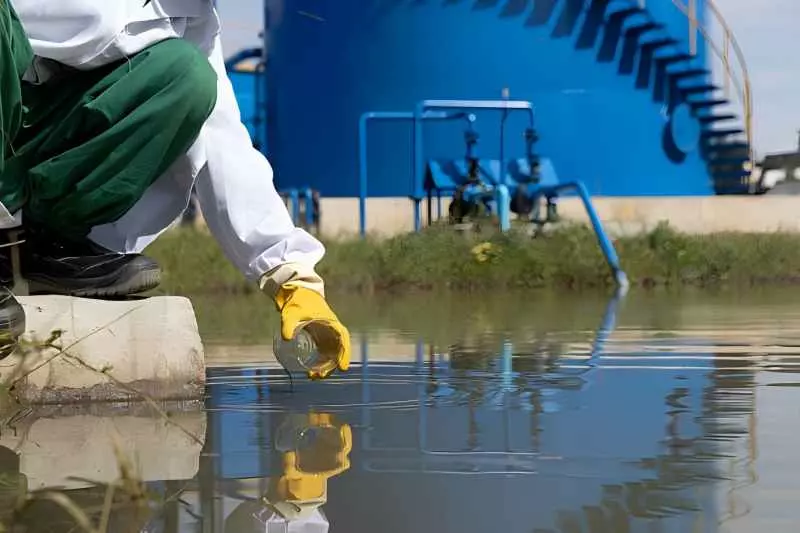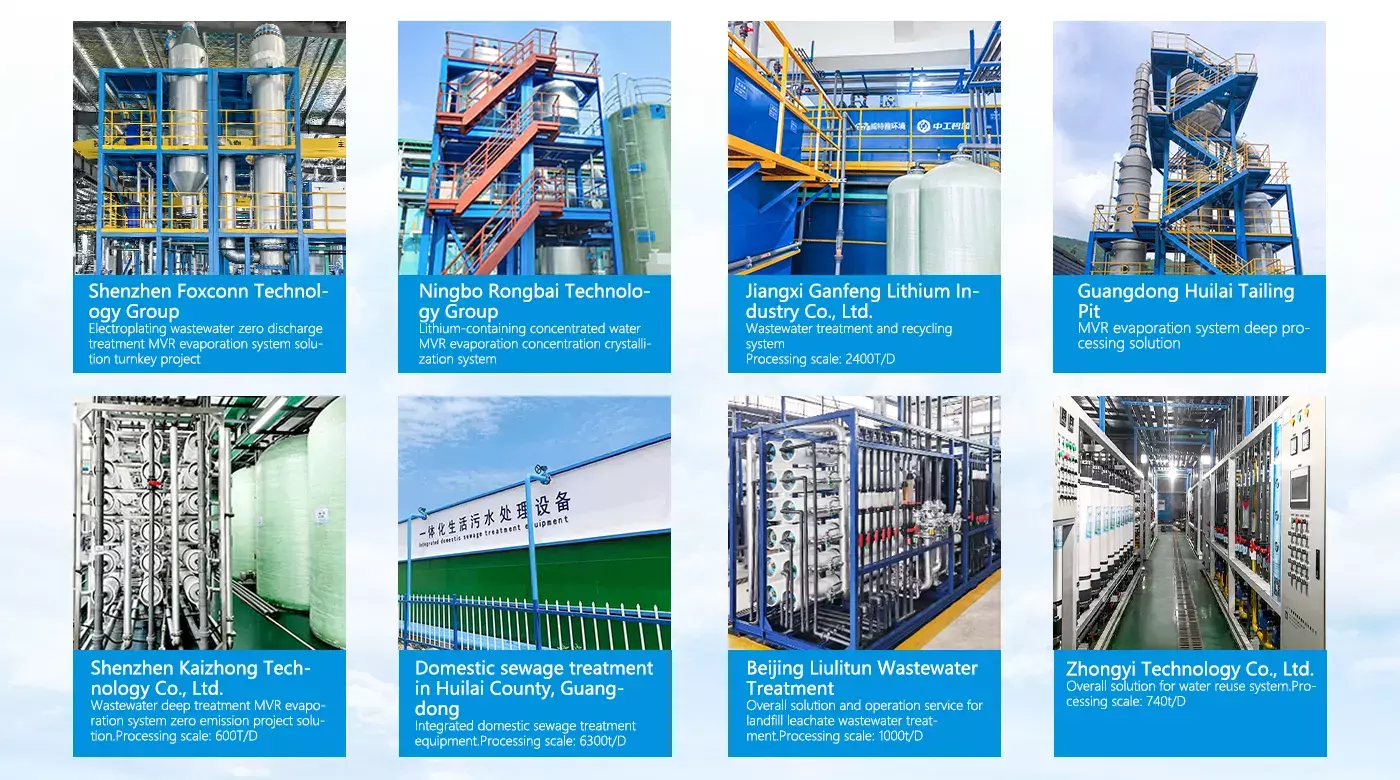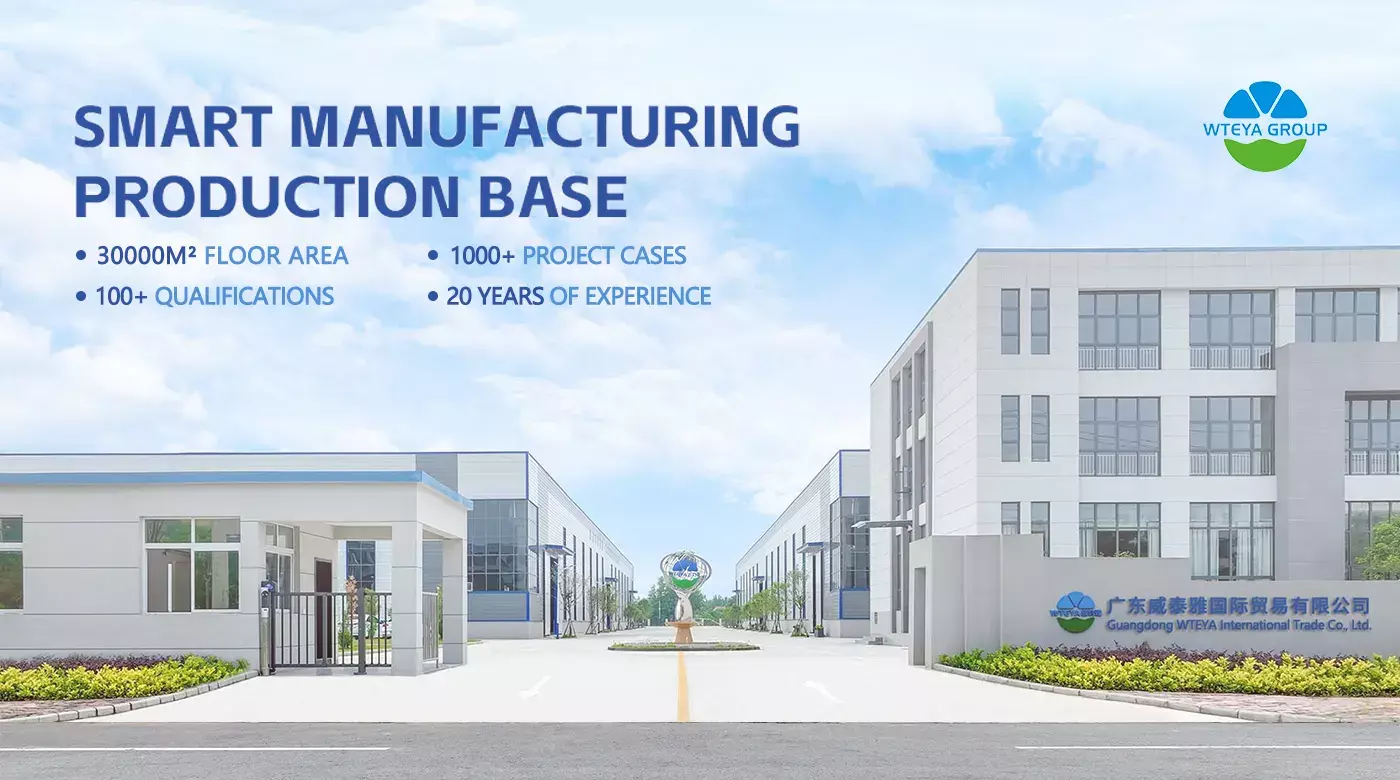WTEYA is a brand you can trust, with over a decade of extensive experience providing efficient and reliable water treatment solutions to numerous well-known companies worldwide. We have successfully implemented projects for publicly listed companies such as Foxconn, Huawei, Ganfeng, and Rongbai, with over a hundred project cases earning strong trust and praise from our clients. We support OEM & ODM customization, offering tailored solutions to meet your unique needs.
How to Safely Handle Brine from Seawater Desalination?
22 Oct, 2025 3:41pm
With global freshwater resources becoming increasingly scarce, coastal cities, remote regions, and emergency response environments are relying more on seawater desalination technology. Portable devices such as the WTEYA water generator and other portable desalination machines make it possible to access safe drinking water anytime, anywhere. However, while enjoying the convenience of fresh water, the safe handling of brine (highly concentrated saltwater) is equally critical. Improper disposal can cause significant environmental impacts. This article explores the sources, hazards, treatment methods, and safe management of brine, including practical tips for portable devices.
1️⃣ Sources and Characteristics of Brine
The core technology in seawater desalination is Reverse Osmosis (RO), which separates water from salts and impurities through a semi-permeable membrane:
-
High-pressure filtration: Seawater is forced through the membrane, which allows water molecules to pass while retaining salts and impurities.
-
Freshwater output: Water on the other side of the membrane is safe for drinking.
-
Brine formation: The retained concentrated saltwater becomes brine.
For example, the WTEYA water generator produces approximately 254 GPD (gallons per day) of drinking water. While the brine volume may be small, long-term improper disposal can increase local salinity and negatively affect the environment.
Key characteristics of brine:
-
High salinity, up to 1.5–2 times that of original seawater
-
Contains retained minerals and trace impurities
-
Potentially significant ecological impact, requiring careful handling
2️⃣ Why Brine Needs Proper Handling
Proper brine management is essential for several reasons:
-
Protect marine ecosystems: High-salinity discharge can disrupt fish, algae, and microorganisms, causing ecological imbalance.
-
Prevent soil pollution: Improper disposal in coastal or agricultural areas can seep into groundwater, harming soil structure and crop growth.
-
Conserve water resources: Brine still contains 50–60% water, which can be recovered through secondary desalination or evaporation.
-
Comply with regulations: Many countries regulate brine disposal, and failure to comply may result in legal consequences.

3️⃣ Safe Brine Treatment Methods
Dilution before discharge
The most common method is mixing brine with large volumes of seawater before discharge to reduce salinity to acceptable levels. Advantages: low cost and simple operation. Careful design of the discharge outlet is necessary to avoid high local salinity.
Secondary desalination recovery
Some industrial or large-scale desalination plants perform secondary RO or distillation to recover more freshwater from brine. Advantages: increased water yield, though with higher energy and equipment costs.
Salt crystallization recovery
Through evaporation and concentration, salts such as sodium chloride can be extracted. This reduces discharge volume and can create economic value, suitable for industrial projects.
Environmentally friendly treatment
For small and medium projects, artificial wetlands or buffer zones allow brine to be treated by plant absorption and natural evaporation, reducing ecological impact.
Tip for portable devices: Combining dilution with local evaporation is simple, low-cost, and environmentally friendly.
4️⃣ Application of Portable Desalination Devices
The WTEYA water generator, a typical portable desalination machine, features:
-
Water production capacity: Approximately 254 GPD per hour
-
Portability: Suitable for homes, outdoor use, and emergency situations
-
Ease of use: Simple operation and convenient maintenance
Brine management recommendations:
-
Safe discharge into the sea or drainage system, avoiding nearshore ecosystem damage
-
Temporary storage for secondary use, such as cleaning, toilet flushing, or agricultural irrigation
-
Evaporation and concentration using solar energy or natural evaporation ponds
-
Regular maintenance of RO membranes, pumps, and filters to prevent abnormal brine production
5️⃣ Brine Operation and Management Guidelines
To ensure safe and environmentally friendly use:
-
Equipment maintenance: Replace filters and membrane modules according to schedule to maintain efficiency
-
Scientific discharge: Follow local environmental regulations strictly
-
Secondary utilization: Use brine for non-drinking purposes to maximize water resource efficiency
6️⃣ Technical Details and Optimization Trends
-
Membrane selection: Different RO membranes have varying salt rejection rates; selecting suitable membranes can reduce brine salinity
-
Wastewater ratio optimization: Controlling RO system pressure and flow can lower brine proportion
-
Eco-friendly technologies: Zero-discharge brine systems, solar evaporation recovery, and salt crystallization are gradually being adopted to improve overall desalination efficiency
Conclusion:
Seawater desalination not only provides safe drinking water to water-scarce regions but, when managed properly, can maximize environmental protection and resource efficiency.
-
Advantages of portable devices: Lightweight, flexible, easy to operate
-
Key brine treatment methods: Dilution, secondary desalination, salt recovery, and eco-friendly solutions
-
Core principle: Safely manage brine to make every drop of freshwater more sustainable and environmentally friendly
Proper brine management is essential for the sustainable development of desalination technology and is a critical knowledge area for all users.
Why Choose WTYEA?
WTYEA Is Recruiting Global Partners!

We welcome your partnership. As a brand with nearly 20 years of experience, WTEYA offers various preferential policies, professional training guidance, and comprehensive technical support you can rely on!
👉 Let WTYEA help you achieve unmatched water quality performance!








